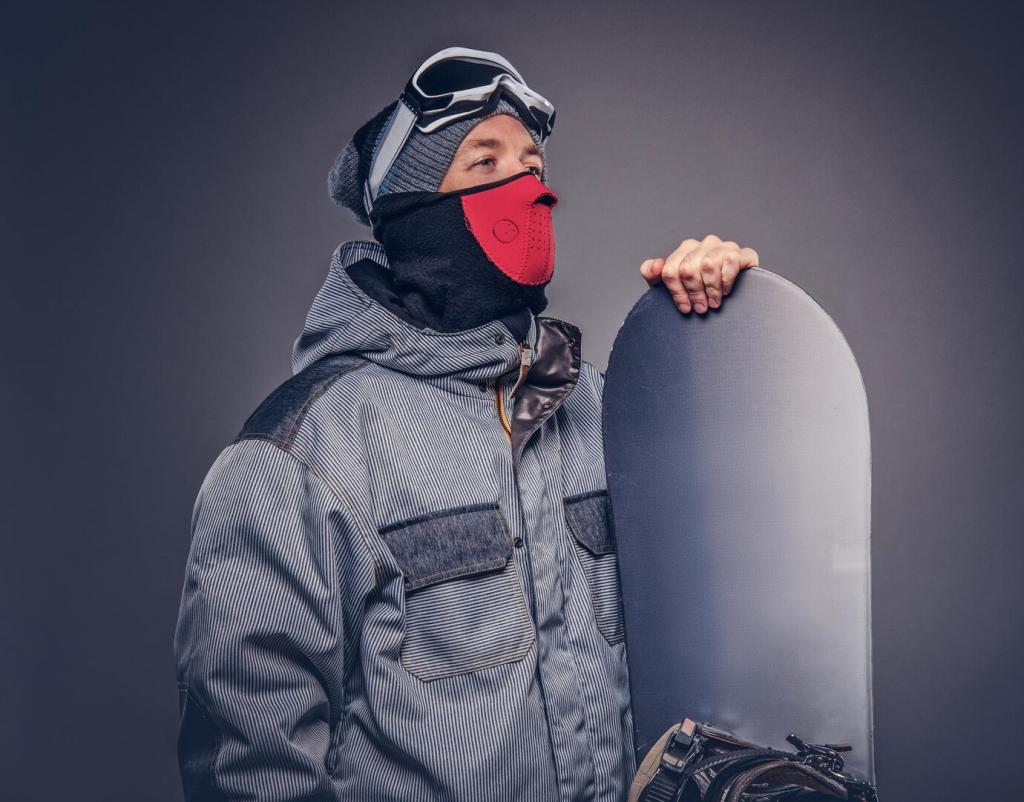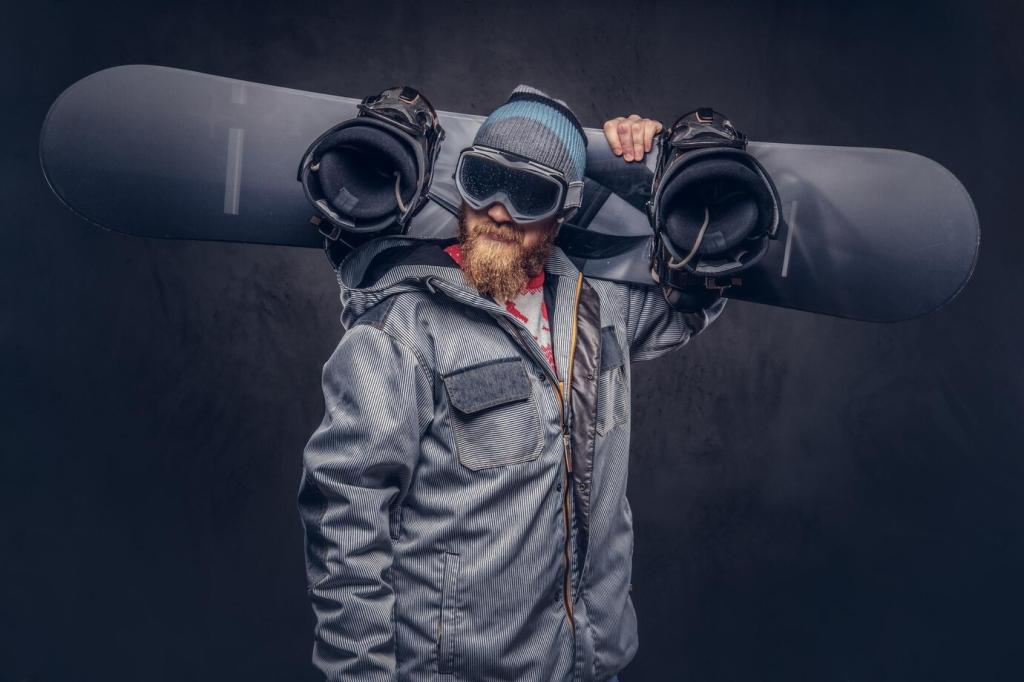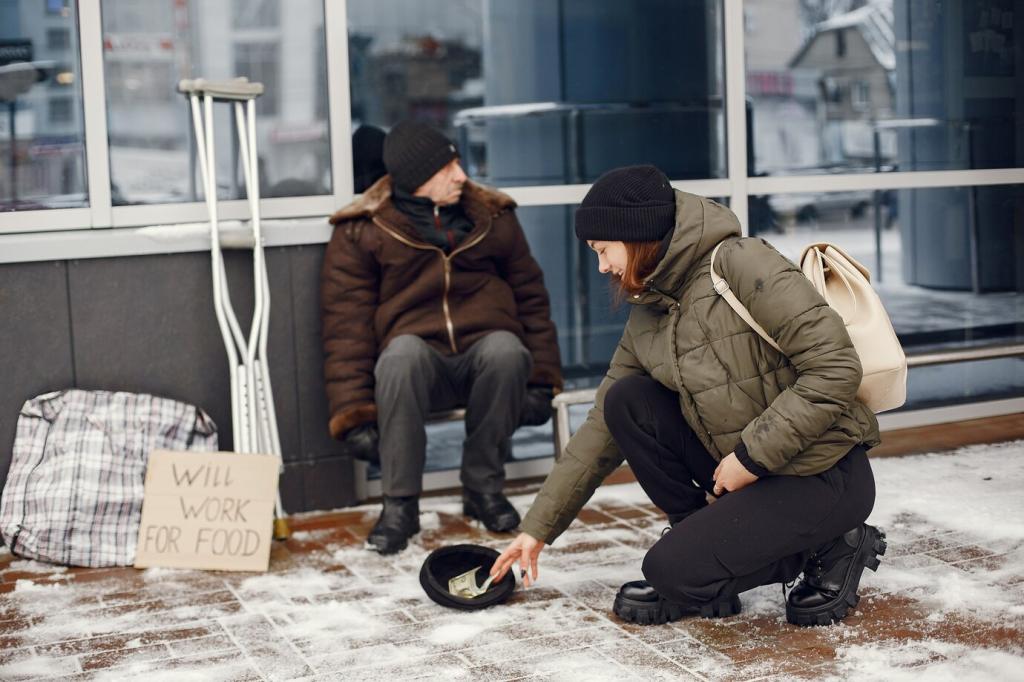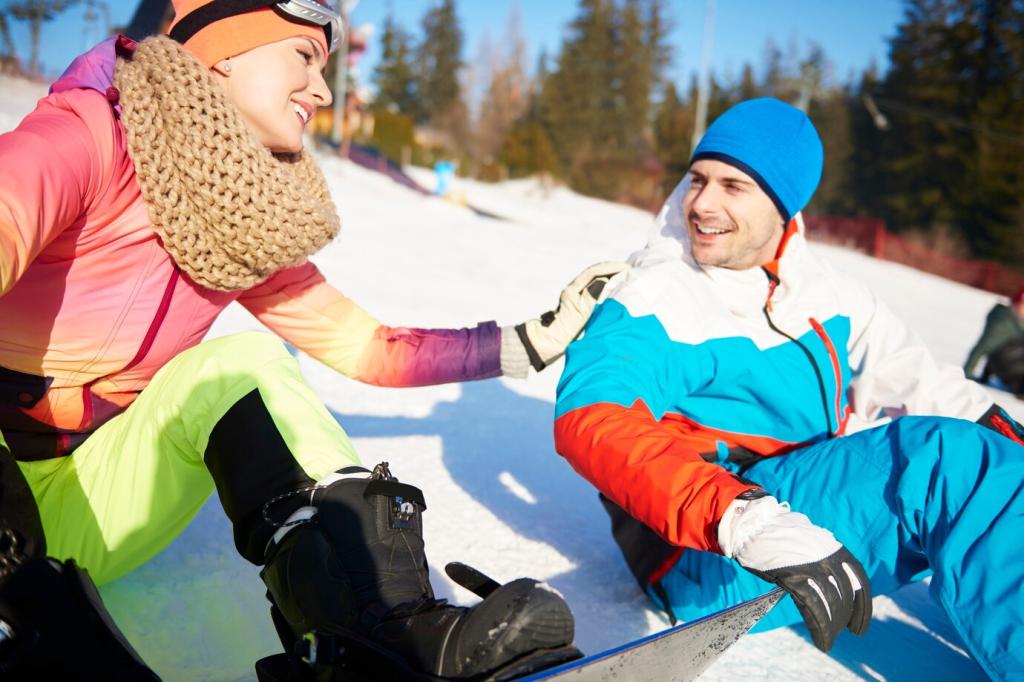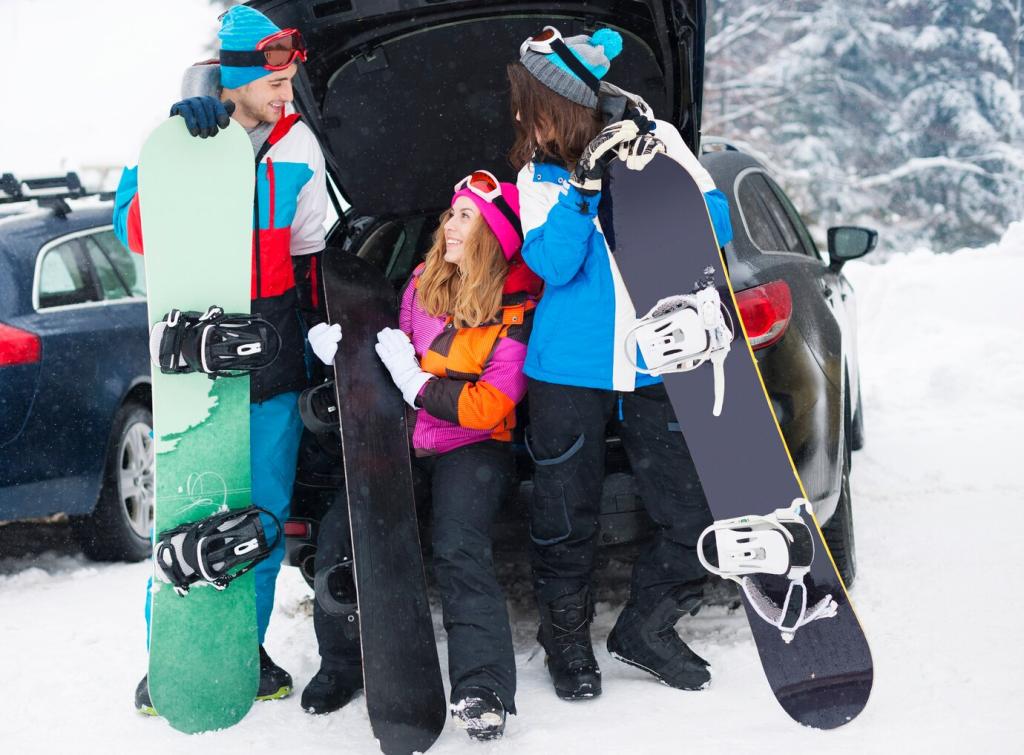Mobility Where It Matters: Ankles, Hips, and T-Spine
Half-kneeling ankle rocks and calf soft-tissue work reduce that locked-boot feel. Aim for knees tracking over toes without heel lift. Extra range means easier toe-side engagement and less fatigue when skating across flats to the next lift.
Mobility Where It Matters: Ankles, Hips, and T-Spine
90/90 switches and banded lateral hip openers improve internal rotation for your back hip and external rotation for the front. Better hip freedom reduces low-back crank and makes switch transitions feel far more natural and controlled.

